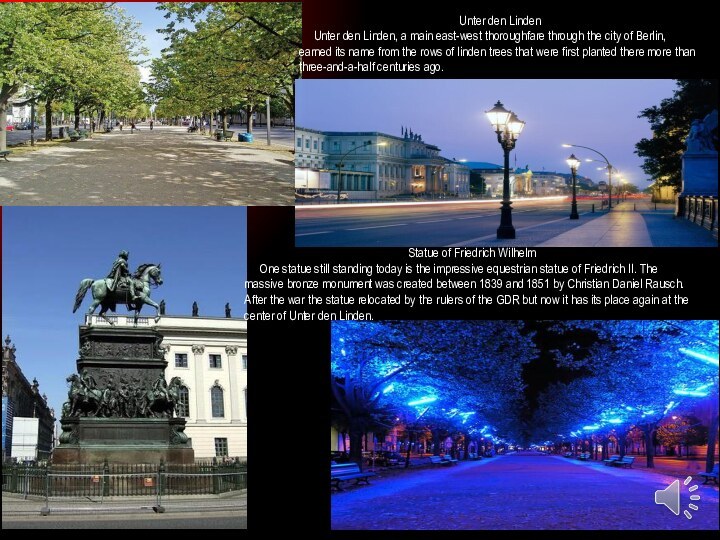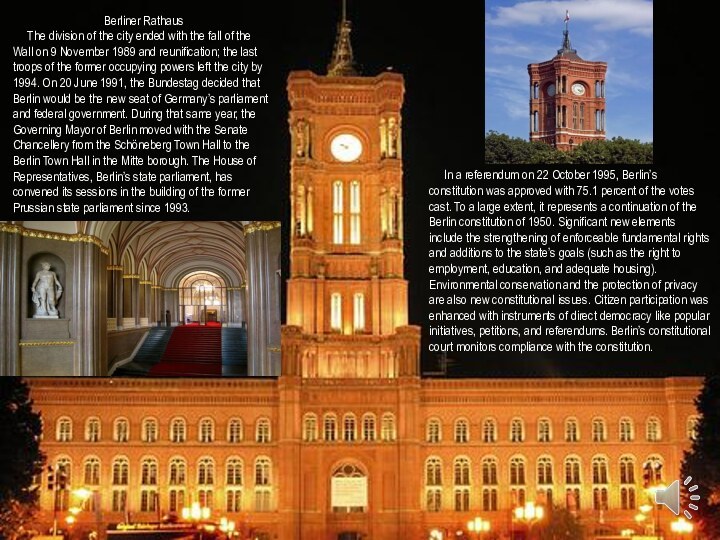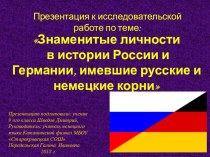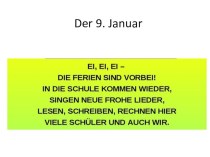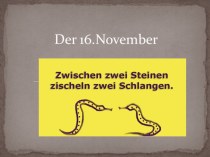one of Berlin’s most important monuments – a landmark
and symbol all in one with over two hundred years of history. A former symbol of the divided city, it drew visitors who used to climb an observation platform in order to get a glimpse of the world behind the Iron Curtain, on the other side of the barren “death-strip” which separated east from west Berlin, geographically and politically. It was here that on June 12, 1987, Ronald Regan issued his stern command to his cold war adversary admonishing him with the words: “Mr. Gorbachov – tear down this wall!”. The speech delivered to West Berliners was also audible on the east side of the Gate and echoed President von Weizsacker’s words which translate as: “The German question is open as long as the Brandenburg Gate is closed.”When Germany was reunified following the fall of the Berlin in November 1989 the Brandenburg Gate quickly reinvented itself into the New Berlin’s symbol of unity. It was officially opened to traffic on December 22, 1989 and 100,000 people came to celebrate the occasion. Unfortunately this also resulted in severe damage to the monument which needed to be restored and was only officially reopened on October 3, 2002.
The Brandenburg Gate was erected between 1788 and 1791 according to designs by Carl Gotthard Langhans whose vision was inspired by the Propyläen in Athens’ Acropolis. Prussian sovereign Friedrich Wilhelm II was looking for a suitable architectural statement to enhance the approach into the Boulevard Unter den Linden. The classical sandstone work is one of the masterpieces of this era and is the only surviving one of 18 previous city portals. The Quadriga, a sculpture representing the Goddess of Victory, by Johan Gottfried Schadow which can be spotted from a long distance was erected on the Gate in 1793. From 1806 to 1814 the statue was held captive in France as a Napoleonic trophy during the years of France and Prussia’s military rivalry for imperial domination.
During WWII the Brandenburg Gate was damaged but not destroyed by allied bombing. When visiting the monument and before crossing over to the other side, the Raum der Stille (Room of Silence) situated on the north wing provides a restful place for a short break. Two additional important landmarks just on the side of the Gate are the Pariser Platz with the Akademie der Künste (Academy of Arts) and the restored American embassy. The Platz des 18. März, commemorates with its date, the demonstrations during the 1848 revolutions for democracy.


